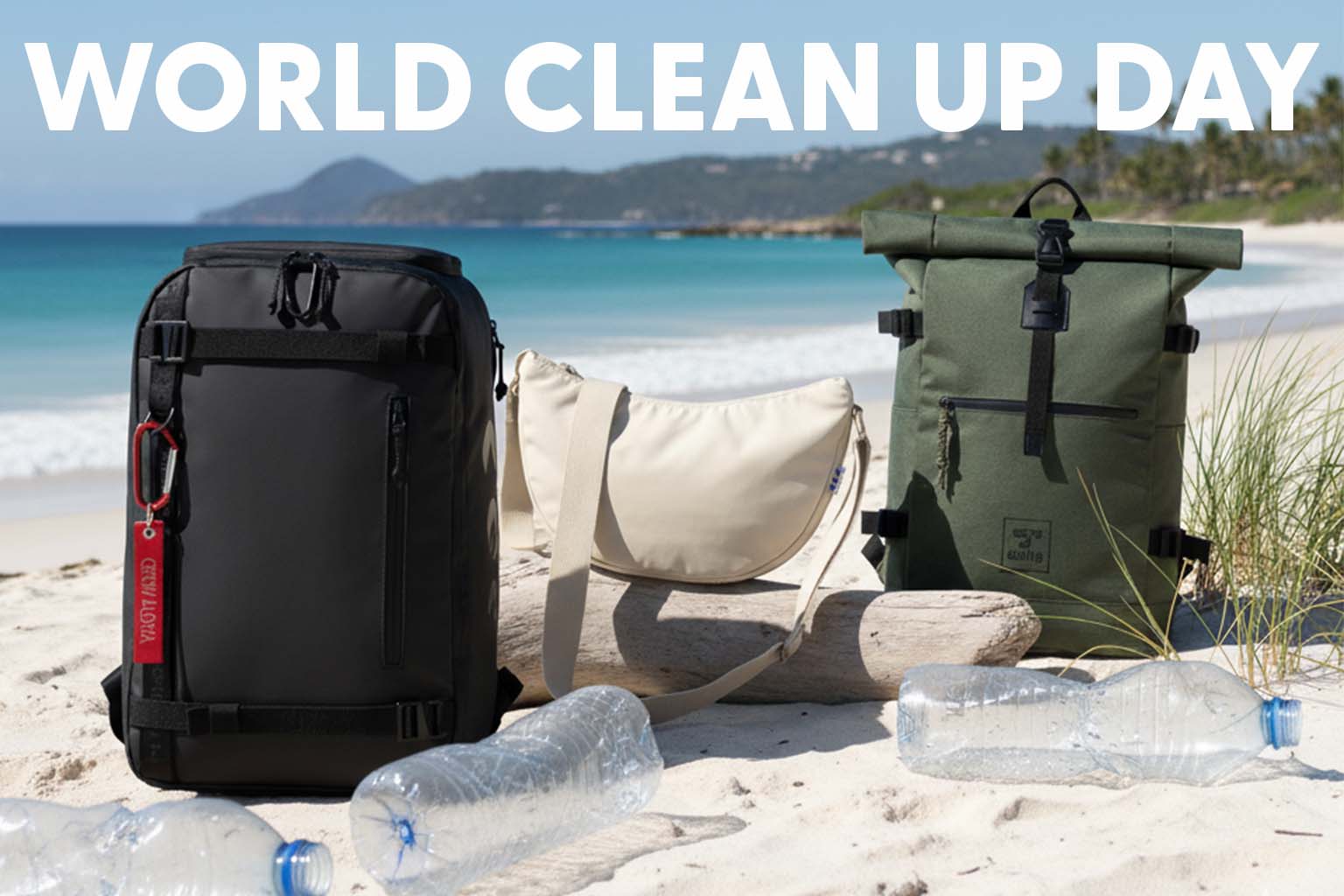1. Die Hard - How Long does Plastic take to Decompose?
Plastic is one of the few materials that is biologically 'inert' - this means that the material does not participate in chemical processes and is therefore hardly subject to mineralization. It decomposes at such a low rate that it almost seems as if plastic is immortal. The thought that the plastic will outlive us and be passed on as a memorial to our descendants is pitiful. Hundreds to thousands of years can pass before it fully decomposes. In the process, the plastic is broken down by wind and waves into smaller and smaller particles called microplastics (any plastic smaller than 5mm). These particles can also be found in cosmetics, care products, clothing and food, which are released into the water through wastewater.
2. Ocean Plastic Problem or Opportunity?
But how much plastic is in the oceans? Due to the fact that at least half of the plastic waste sinks to the bottom of the sea, no exact quantities can be given. According to an estimate by WWF, it is between 4.8 and 12.7 million tons per YEAR. (equivalent to one truckload of plastic waste per minute). This trash mostly ends up in rivers and oceans due to poor waste management, ships, reckless dumping and mass dispensing of single-use plastic. One-tenth of all ocean plastic can be attributed to lost fishing gear from fishing boats. Cheap nylon nets are a particular hazard, as most of them float in the world's oceans for up to 600 years.
It is estimated that over 800 species of animals in the oceans and coastal areas are affected by these plastics. They become entangled or mistake the plastic for food and thus starve to death on a full stomach. Scientists have found plastic in 60% of all seabird species, 100% of all turtle species and many fish species. Moreover, by 2050, it is predicted that there will be more plastic than fish in the ocean (Ellen MacArthur Foundation). But the pollution of the world's oceans and rivers doesn't stop there. According to Heike Vesper, head of marine conservation at WWF Germany, plastic particles have also already reached the soil and air.
But can these impacts be prevented by using recycled material and ocean plastic?
Since it is currently not possible to use ocean plastic in its full quantities, this can only make a small contribution to protecting the oceans. The collected plastic usually has to be sorted and cleaned in small steps before it can be added to the production. Therefore, we use a mixture of ocean plastic, recycled polyester (rPET) and new polyester for our production. This is not detrimental to the quality either, as rPET is just as high quality as virgin polyester. Overall, we not only save polyester resources in our production, but also use less energy and have lower CO2 emissions.
3. How Exactly Does the Recycling Process Work?
In general, two types can be distinguished in the recycling process, chemical and mechanical recycling.
In chemical recycling, resources are recycled using chemical processes in such a way that they are broken down to their original components (monomers, polymers and atoms). Mechanical recycling on the other hand processes plastic waste into secondary products. Here, the chemical compounds are not broken down. As the name suggests, the plastic is mechanically shredded.

1. Plastic is collected, sorted and cleaned.
2. Plastic is shredded into smaller pieces.
3. These shredded chips are then processed into pellets with the addition of virgin polyester.
4. The pellets are turned into staple fibers which are then spun into a yarn.
5. The yarn is further processed by local seamstresses and is woven into our material.
6. Last but not least the material is coated with a PVC-free layer, which ensures that the material is water repellent.
4. What Can we Learn from That?
- There are no products that are solely from ocean plastic.
- Using recycled plastic prevents pollution because it reduces the need to collect new raw materials.
- Using recylced plastic lowers the energy use and CO2 emissions.
- The quality of products with rPET is as good as ones out of new materials.
Using recycled materials is the first step in reducing the impact of plastic on the planet. But it's also not the solution to the entire plastic problem. In the end, everyone has to decide for themselves whether they want fast fashion or green fashion.






Share :
10 Tips for Environmentally Conscious and Sustainable Travel
How to be happy? 9 habits for a happier and healthier life